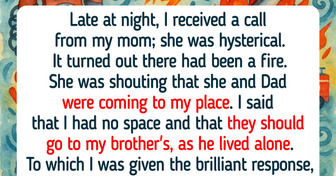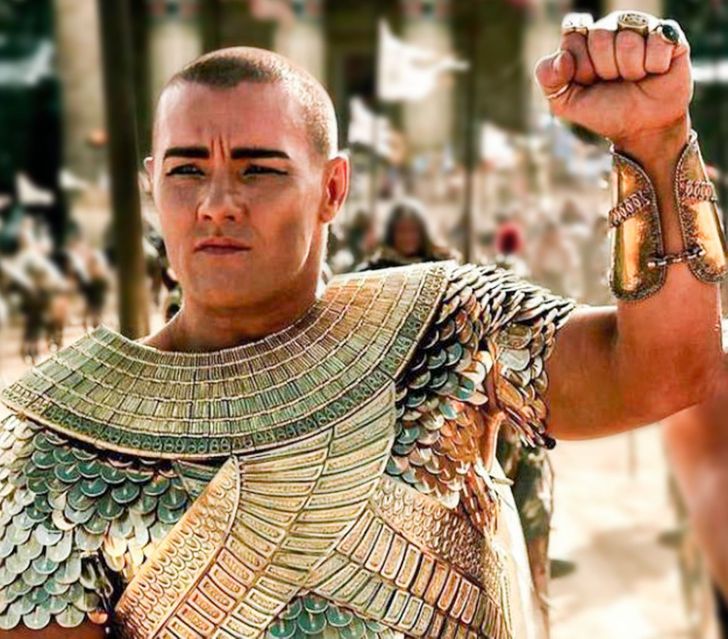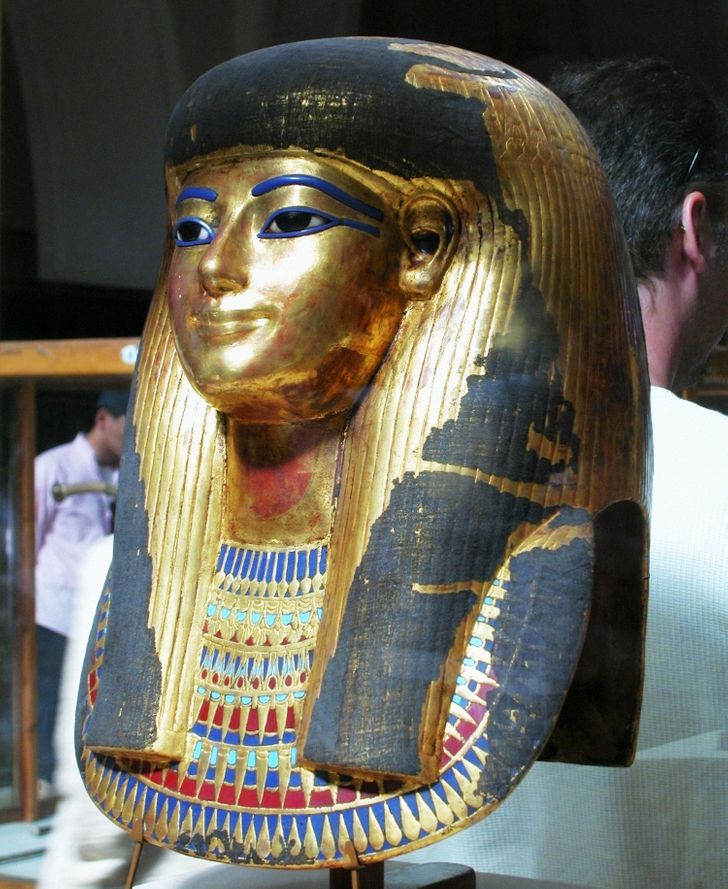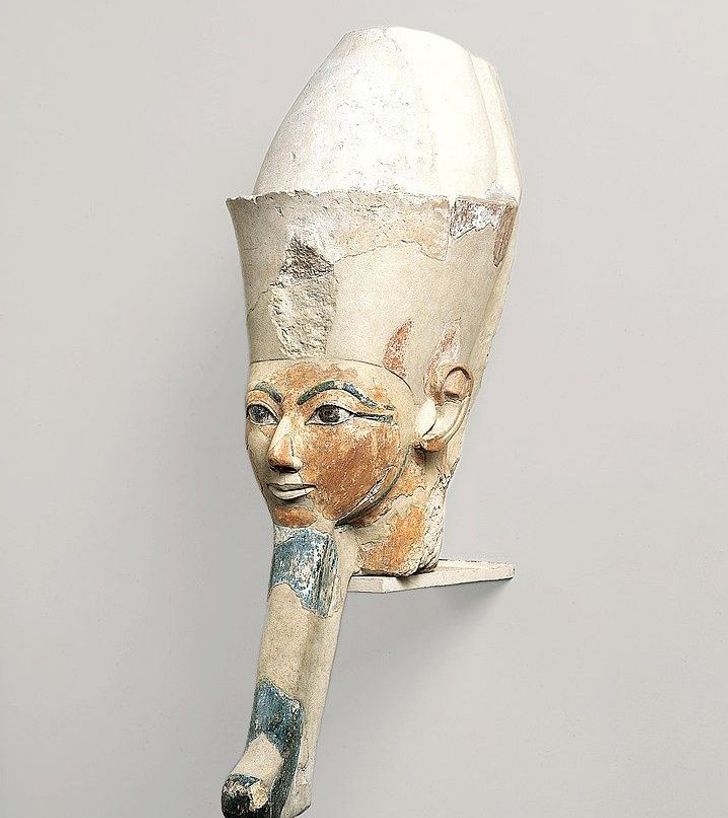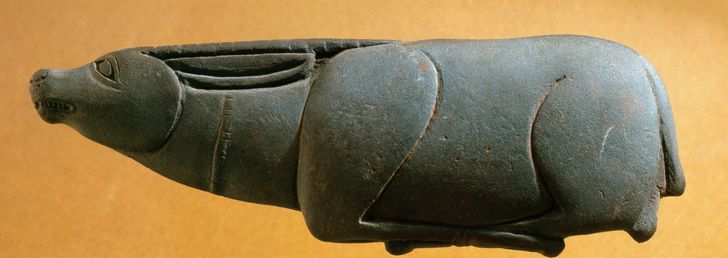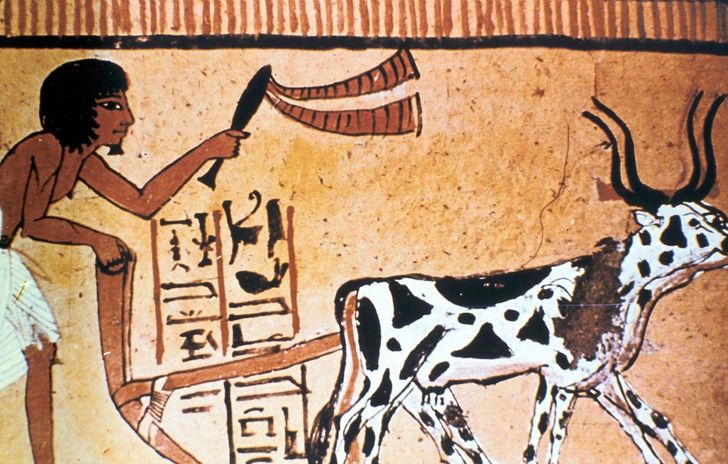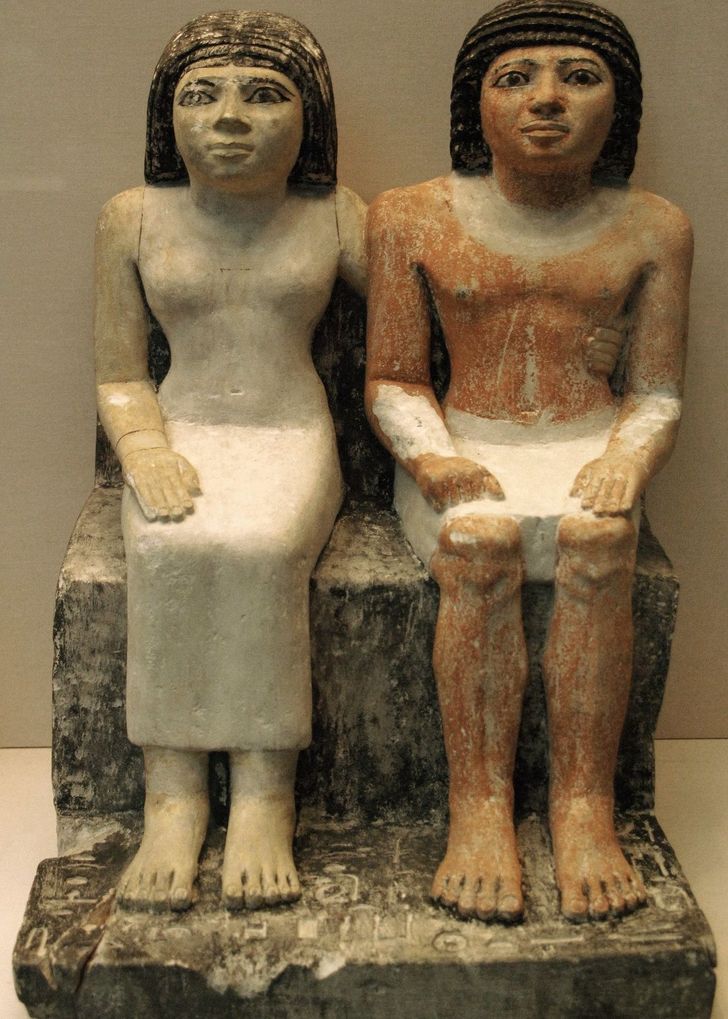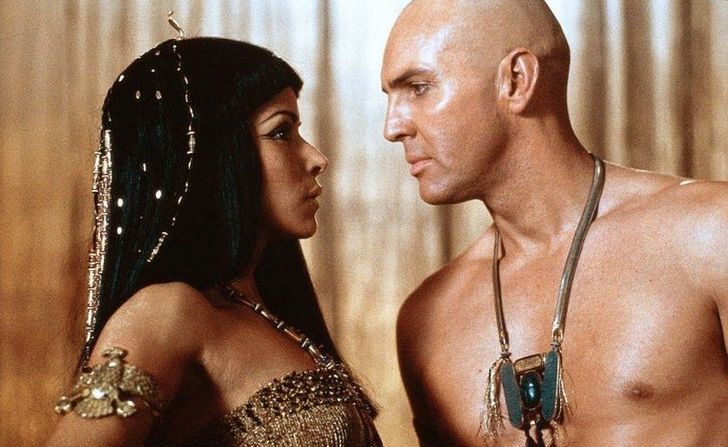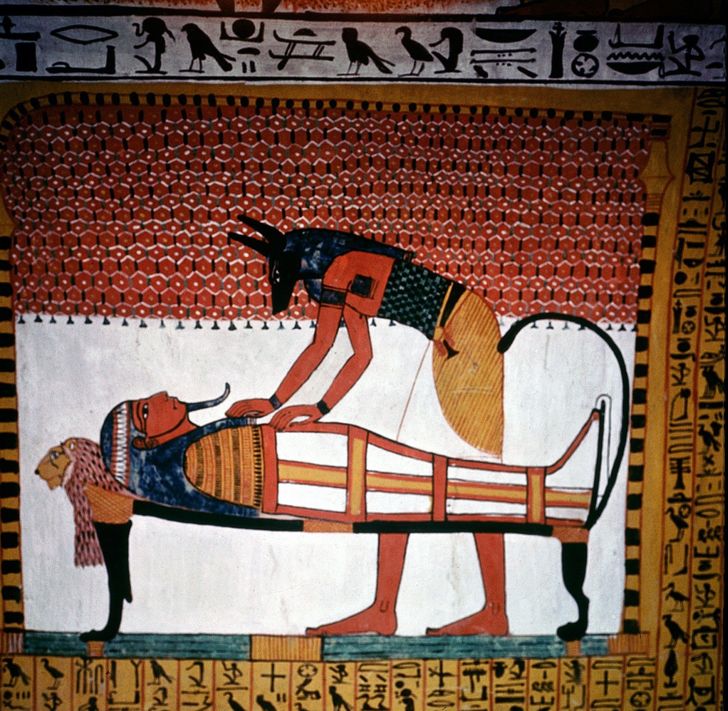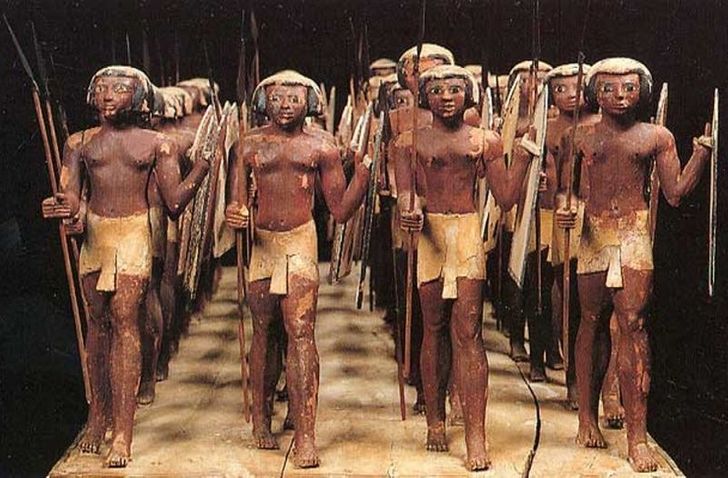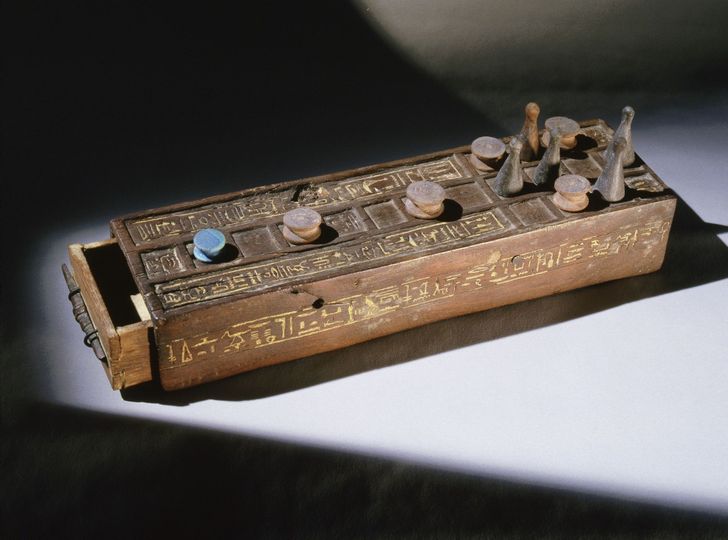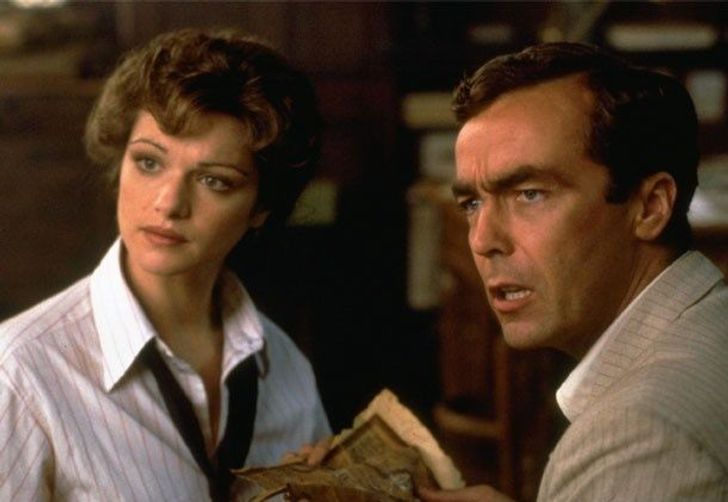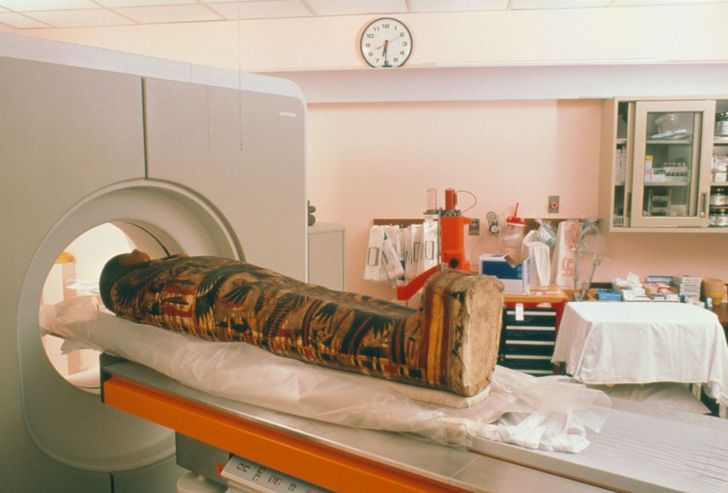omg!!! I didn't know all this! it was fun reading this though
15+ Facts About Ancient Egypt That Can Be Just as Surprising as Christmas in July
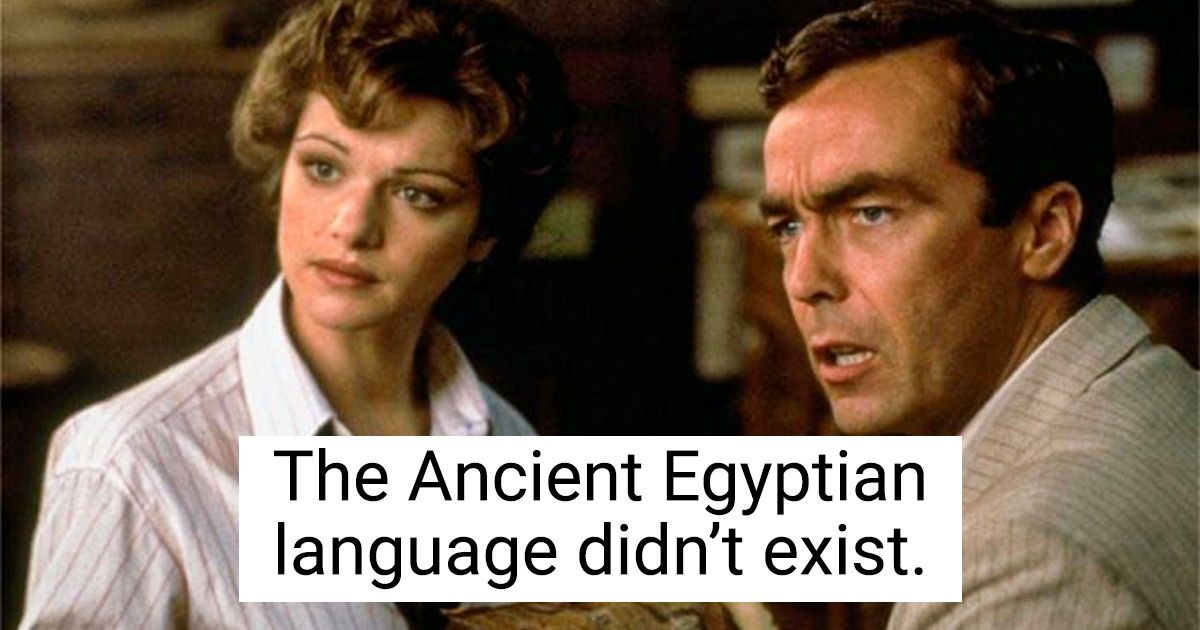
When people speak about ancient times, they basically envision uneducated people who gathered harvest and believed in evil spirits and curses. But those are stereotypes that live in our minds. The life of ancient Egyptians was so hectic that even people living today would be surprised.
We at Bright Side dove into our research to find out more intriguing facts about Egyptians that you won’t find in history books.
- It seems that Ancient Egypt lasted for a small period because only a few lessons at school are dedicated to its history. But this isn’t true. The Neolithic Period of Egypt dates back to 9000 BCE. The first pyramids were built when mammoths were still roaming the earth. The state of Ancient Egypt fell in the 7th century, shortly before the appearance of the Vikings.
- There were no pharaohs in Ancient Egypt. The rulers in Ancient Egypt were called “king” or “Lord of Two Lands.” The full title of Intef I, for example, was “Maker of Peace in the Two Lands, He Who Has Brought Calm to the Two Lands and Pacifier of the Two Lands.” The first appearance of the title, “pharaoh” dates back to 17 ACE in the priestly annals.
- The record for the longest reign was set by Pepi II, and it’s unlikely that anyone will be able to repeat it. Some scientists claim he reigned for 94 years.
- The power was passed down from father to son, but if there were no male successors, a woman would become ruler. One of the first females who ascended the throne was Hatshepsut. Just like male rulers, she was to wear the crown, scepter, flail, crook, and false beard. That’s why Hatshepsut is usually depicted with a beard.
- It’s widely believed that the ruler’s servants, wife, and army were buried along with them when they died. However, while human sacrifices did occur during earlier burials, they were soon phased out. For one, funerals were expensive, and secondly, living servants were much more useful than mummified ones. Figurines and paintings took the place of human servants in the afterlife.
- A ruler was supposed to feel at home in the tomb, which is why all their necessities were placed there to ensure a comfortable afterlife. Archaeologists have found boats, golden thrones, jewelry, perfume, and cosmetics inside the pyramids during various excavations. A person was supposed to eat and drink something in the other world, which is why drinks and fruit were also placed in the tomb along with the demised king.
- They didn’t arrange big celebrations on wedding days. They simply exchanged gifts.
- It was in Ancient Egypt where marriage contracts first appeared. According to the contract, the husband was obliged to return the dowry in case of a divorce, provided he was the one to initiate it. However, wives were allowed to initiate divorce as well.
- According to Hollywood movies, the Egyptians only covered their bodies with pieces of white cloth but archeological excavations say differently. They didn’t usually dye their clothes, which is why they remained their natural colors, and that would include white. Men used to wear around-the-waist, kilt-like garments known as shendyt. Women’s clothes consisted of a dress or a linen shawl. It looked pouchy and would hide all the curves of the body.
- Egyptian medicine could easily compete with many of today’s hospitals. Each doctor had a narrow specialization and profound knowledge in anatomy. This was all because they mummified bodies. Doctors would remove tumors and prosthetics were well developed. Specialists were producing artificial eyeballs, fingers, teeth, and even limbs. They would also use honey compresses for binding and disinfecting wounds.
- Police were also an invention developed by the Egyptians. It officialized during the times of the New Kingdom. The police mainly consisted of warriors and foreign employees. Policemen would ensure order in the city, fight against fraud, look for criminals, make sure that the sellers in the markets didn’t cheat the customers, and guard palaces and caravans. They were accompanied by service dogs and monkeys.
- In their free time, the Egyptians entertained themselves with board games. The most famous game was called Senet, an early ancestor of what we now know as chess. The game appeared in the Pre-Dynastic Period (circa 3500 BCE).
- Movies about mummies like to tell stories about the ancient Egyptian language. However, it actually didn’t exist. Of course, the Egyptians would talk to each other and had some correspondence — they would write books, wills, and contracts. But they had dialects, and apart from that, their language was specific to each period.
- Egyptologists distinguish at least 6 types of Egyptians, each with their own languages, including Archaic, Old, Middle, Late, Demotic, and Coptic. What’s more, is that their phonetics can’t be known for sure as they suffered many changes, and their writing system would be in hieroglyphs or cursive, depending on the period and social context. So today’s Egyptologists would unlikely understand what a risen mummy was saying, not to mention the librarians and the military people at the beginning of the twentieth century as has been shown in movies.
- The Victorians were extremely interested in studying Ancient Egypt. They would throw parties where they’d rent mummies to decorate a ceremony hall and even unwrapped them.
- Modern archaeologists don’t need to open sarcophagi, unwrap mummies, and disassemble them piece by piece. All research is held on tomography scans. It can help learn about a mummy’s age, gender, social position, what diseases the person had during their lifetime, what nutrition they had, and many other things.
Would you like to travel back to Ancient Egypt? What fact did you find most interesting?
Comments
my teacher was like egyptians were real and their language is real but now i know the truth i dont even know who to believe
I have been obsessed w/ Egyptian culture. I remember that a while ago (like 10y back in my early 20s) I was even using make up Cleopatra style :p
Related Reads
I Refused to Take My Stepdad’s Last Name, Then He Laid Down a Truth I Didn’t Want to Hear

15 Moments That Show Kindness Is Our Greatest Power—Not Our Weakness

My BFF Invited Me to Her Baby Shower, It Turned Into My Worst Nightmare

10 Moments That Remind Us Quiet Kindness Is Mightier Than It Seems

My Wife Keeps Finding Excuses for Not Doing Chores, and She Wasn’t Ready for My Clapback

I Refuse to Follow Unfair Dress Code Rules at Work, and HR Blew Up

I Reported My Flirting Boss to HR-I Didn’t Expect to Unleash Total Chaos

I Refuse to Let Heartless Parents Ruin My Daughter’s Birthday

12 Times Kindness Quietly Lit Up the Entire World

I Refused to Bring Kids on My Solo Vacation, and Now My Family Is Furious

10 Stories Where a Small Act of Kindness Made Someone Feel Truly Seen

I Didn’t Let My Parents to Stay in My Place, and Now the Entire Family Are Shaming Me
